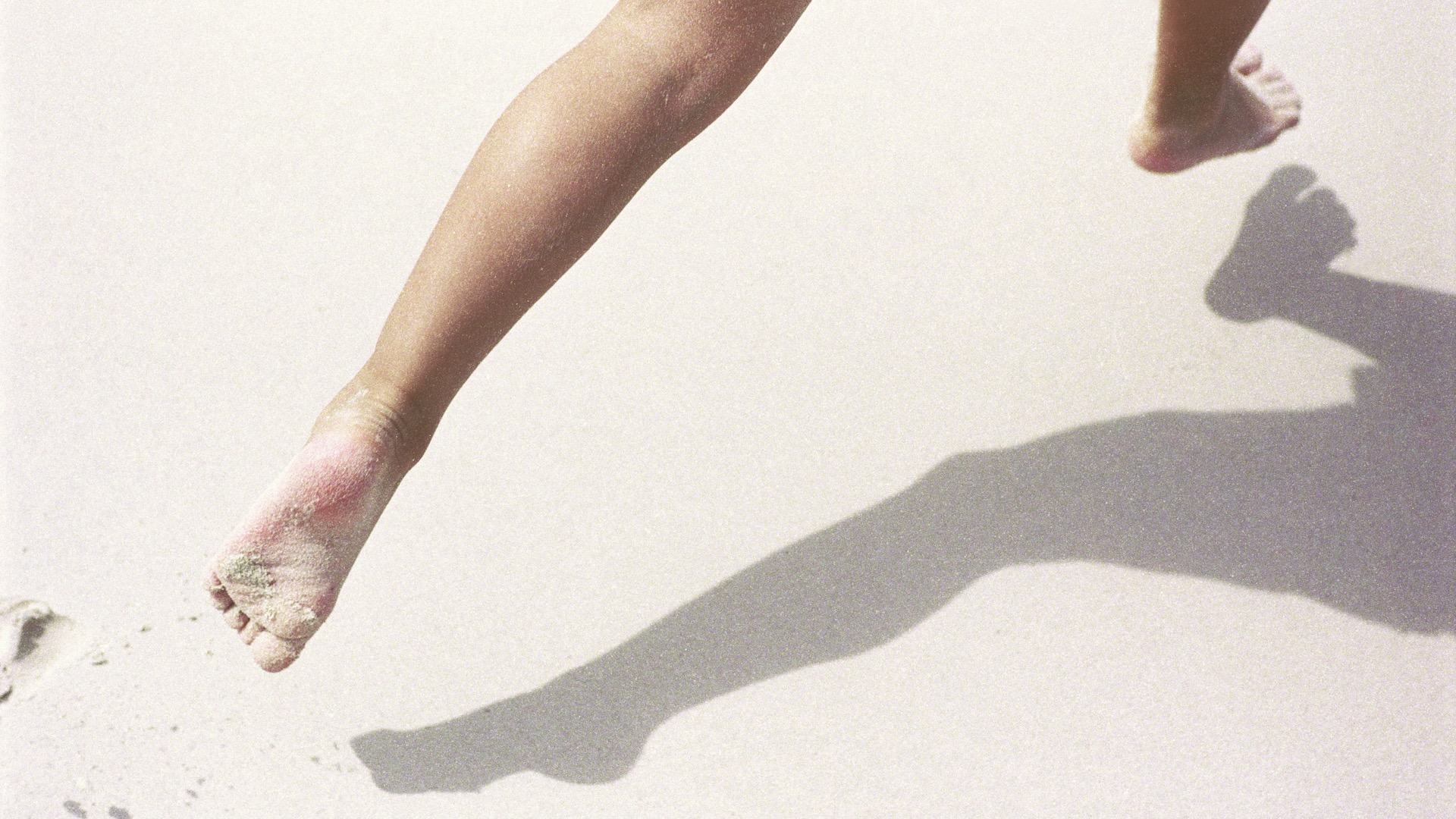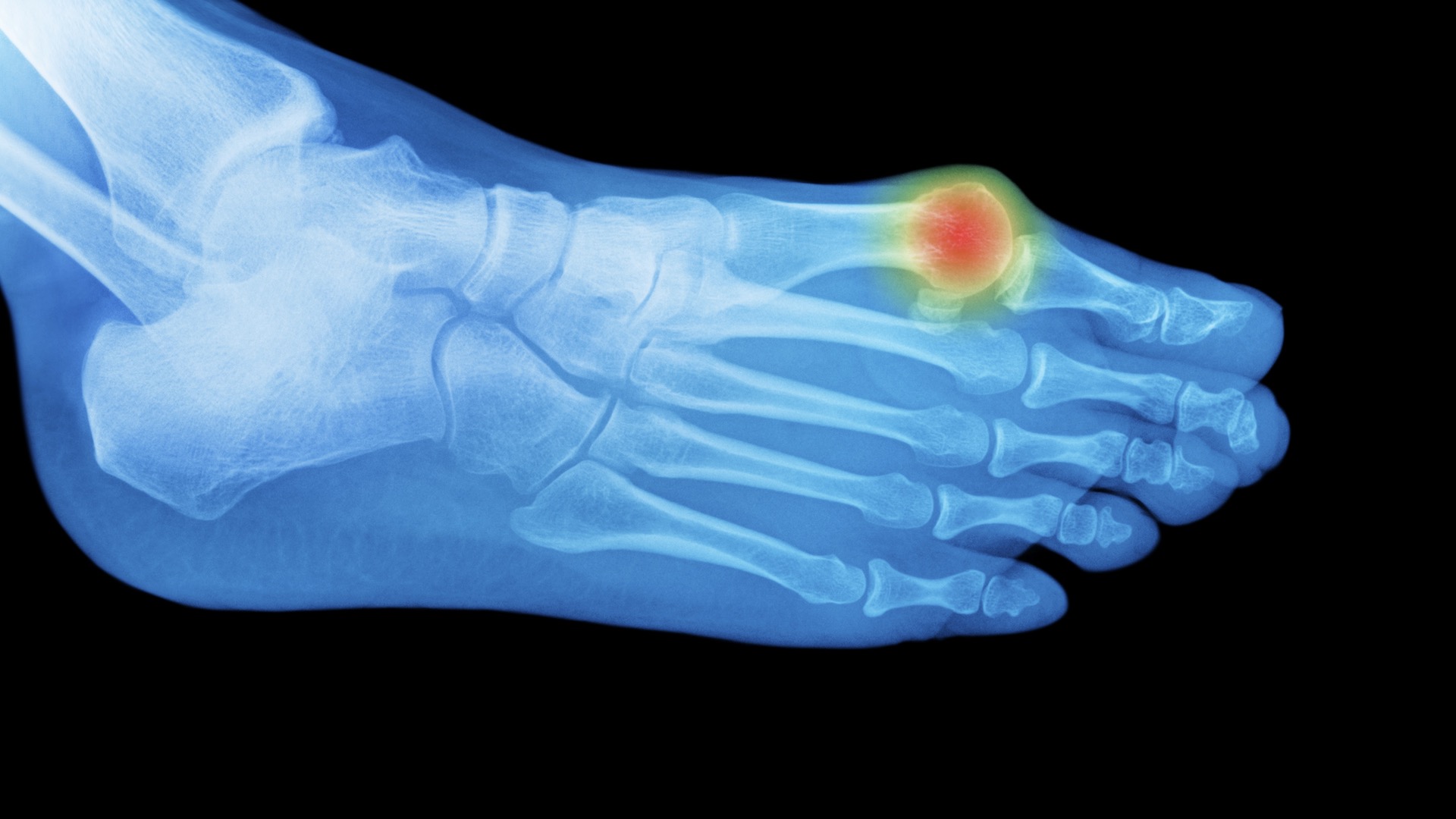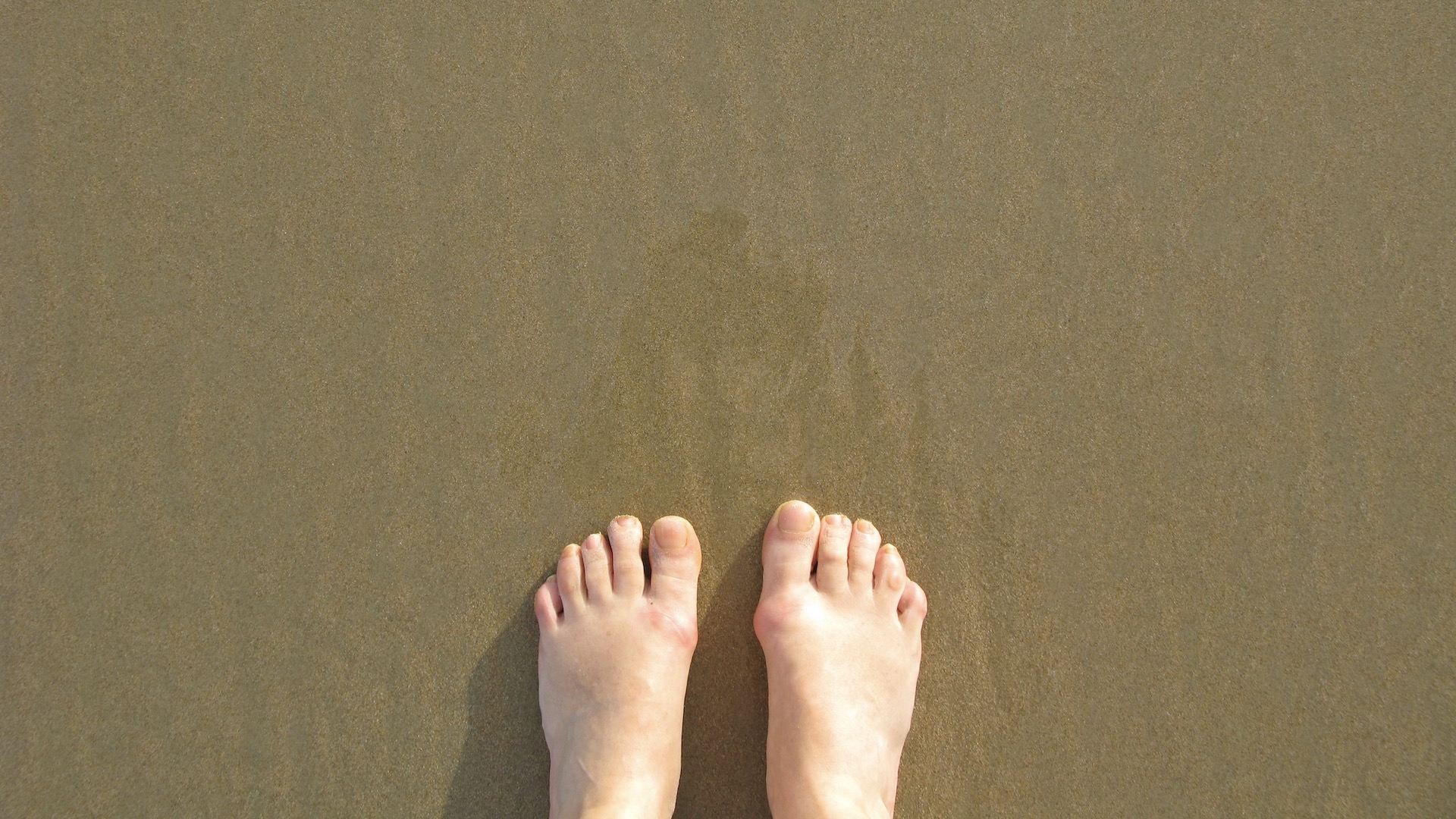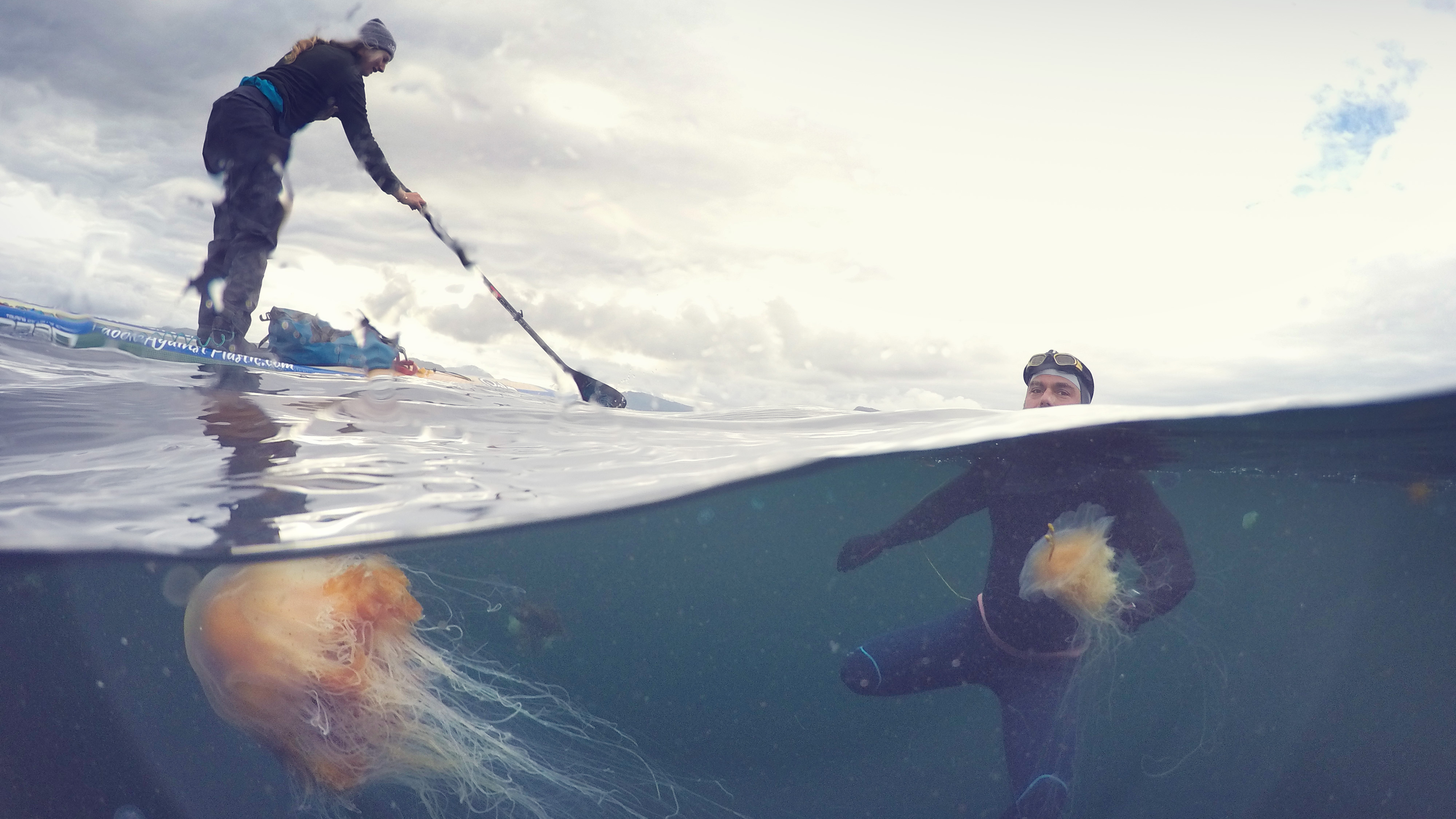Running with bunions: tips and treatments for dealing with a common foot complaint
Bunions are a regular occurrence among runners but what do you do if they are causing you pain?

Running can be hard on our feet and a common issue is bunions. A bunion is a bump or protuberance that usually forms where the big toe connects to the foot.
The medical definition for a bunion is when the metatarsophalangeal joint (MTP) is stressed over a prolonged period, causing the first metatarsal to turn outward (or medially) and the big toe to point in the opposite direction. Annoyingly, bunions can be painful and especially during long runs.
Some people also have bun ions at the base of the pinky toe. This is known as a bunionette.
The causes of bunions
Bunions occur for a range of reasons. Alan Morton, an experienced sports coach and a tutor with TrainFitness, explains: “There can be many causes for bunions, including poorly fitting shoes, especially shoes that are narrow and pointed at the front; inflammatory conditions such as arthritis; a foot injury; or simply that your foot shape. Some of us are born with feet that are more likely to get bunions.”
You will know if you have a bunion because of the shape of your foot at the MTP joint. Morton adds: “Other symptoms include stiffness in the big toe joint, which can make it challenging to walk or run; general pain and discomfort; and redness and irritation.”
For runners, the good news is that running itself doesn't cause bunions, but the activity can make them worse. If you have bunion pain you could try more running barefoot, such as along the beach.
Morton explains: “Rubbing from poorly fitting shoes and the repeated pressure on the front of the foot from running can exacerbate the symptoms of a bunion.
Advnture Newsletter
All the latest inspiration, tips and guides to help you plan your next Advnture!
“However, if a bunion isn't causing you pain, don't let it stop you from running."


Bunion pain relief and treatment
If the bunion is not causing you any pain, it is fine to leave it be. The best running shoes will be those that have a wider forefoot so that they are not rubbing or niggling the bunion.
You could think about going up a size in running footwear or low for wider-fitting brands. Also consider whether you need new running shoes and the "drop"of your running shoes. If the drop, from heel to toe, is quite large it may add pressure to the front of your foot.
Some people claim that devices, such a toe spacer, can help to relieve pain and worsening of the bunion. The aim of the toe spacers, which you can wear while sat at your desk or while watching the TV, is to train your toe bones back into natural alignment.
Morton adds his suggestions: “Wear shoes with a wide toe box and a low heel. Many barefoot running shoes are a good choice.
“You could benefit from using bunion pads to take the pressure off the bunion itself and also use an ice pack against the bunion for up to five minutes each time, post-run.
“Another medical solution could be a corticosteroid injection. However, the only way to get rid of a bunion is by surgery.”
Medical opinion agrees that as soon as you spot what might be a bunion forming on your foot, you should take action to seek expert advice, such as from a podiatrist, and also find ways to alleviate and prevent bunion growth.

Fiona Russell is a widely published adventure journalist and blogger, better known as Fiona Outdoors. She is based in Scotland and is an all-round outdoors enthusiast with favorite activities including trail running, mountain walking, mountain biking, road cycling, triathlon and skiing (both downhill and backcountry). Aside from her own adventures, Fiona's biggest aim is to inspire others to enjoy getting outside and exploring, especially through her writing. She is also rarely seen without a running skort! Find out more at Fiona Outdoors.
